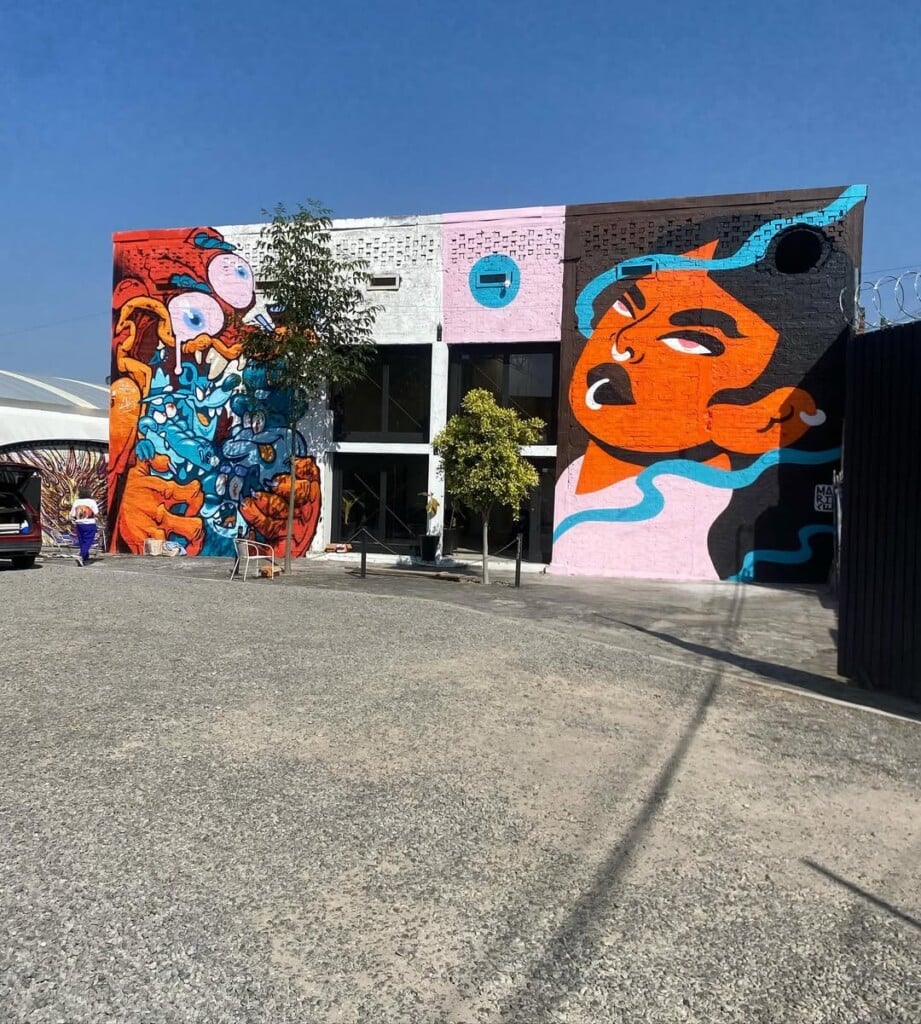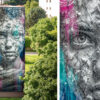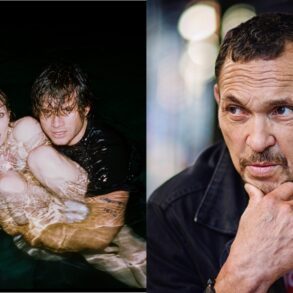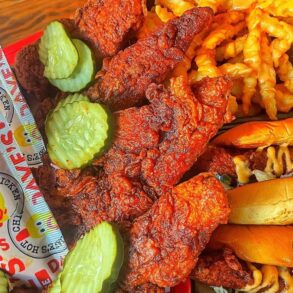There’s an out-of-control yet perfectly orchestrated energy in the works of Lobster Robin. His creations, which move between graffiti, illustration, and psychedelic imagery, seem to come from a bizarre dream halfway between vintage cartoons, acid trips, and urban cultures. Belgian by origin, with a nomadic spirit – often in Asia, between Indonesia and Thailand – Lobster Robin moves effortlessly between city walls and the most unexpected surfaces, leaving behind a recognizable, immediate, almost hypnotic mark.

His characters are grotesque, deformed, with exaggerated expressions and floating bodies that recall 1970s animation and the DIY aesthetic of punk flyers. But there’s also a strong illustrative component, an attention to composition and rhythm that makes each piece more than just an instinctive gesture. In his work, there is a constant tension between chaos and control, spontaneity and structure. And then there’s the color – bright, saturated, violent – that becomes a narrative tool, almost musical.




Lobster Robin isn’t afraid to get messy, to mix high and low references, sacred and profane, monsters and mascots. His visual universe is a visual party that doesn’t ask for permission. And that’s exactly why it’s impossible to ignore.




There’s also an implicit narrative dimension in his work, as if every character, every little monster with a dangling tongue or crossed eye, were part of a larger world in constant motion. It’s not hard to imagine his murals as frames taken from a film that doesn’t exist, a silent animation that tells its story through shapes and colors. In this sense, Lobster Robin doesn’t just paint images – he builds universes, expands imaginaries, inviting the viewer to lose themselves in a chaos that, on closer look, is more lucid than it seems.
















Also read: Pepemaniak: from Rome to Burning Man
This post was originally published on this site be sure to check out more of their content.









